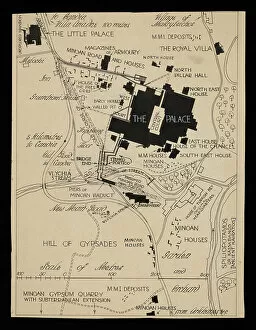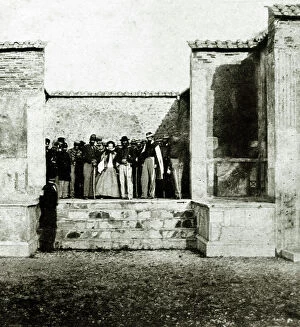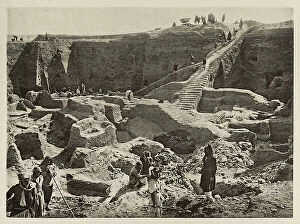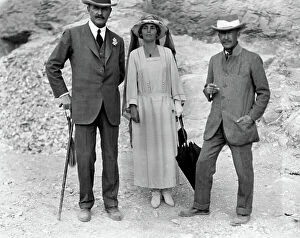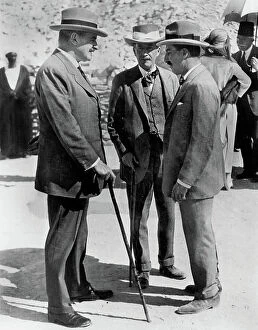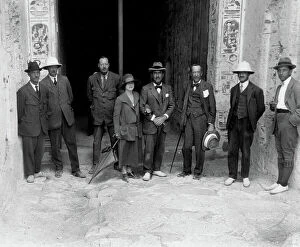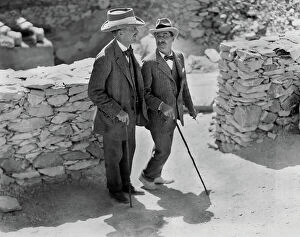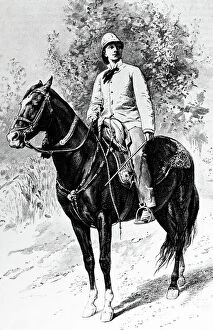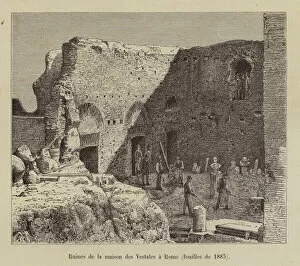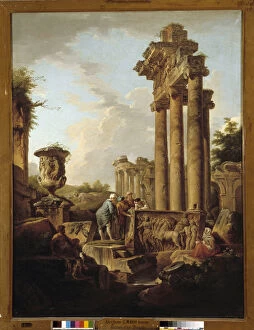Archeological Digs Collection
Archaeological digs offer a glimpse into the past, uncovering ancient civilizations and artifacts that have been buried for centuries
For sale as Licensed Images
Choose your image, Select your licence and Download the media
Archaeological digs offer a glimpse into the past, uncovering ancient civilizations and artifacts that have been buried for centuries. These excavations require patience, precision, and expertise as researchers carefully unearth clues about how our ancestors lived. From pottery shards to elaborate tombs, each discovery adds another piece to the puzzle of human history. The thrill of finding a rare artifact or uncovering a long-lost city is what drives archaeologists to dig deeper and explore further. Through these digs, we can learn about the customs, beliefs, and daily lives of those who came before us. It's like piecing together a giant jigsaw puzzle with pieces scattered across time and space. So next time you hear about an archaeological dig happening somewhere in the world, remember that it's not just dirt being moved around - it's a journey back in time to unlock the secrets of our past.

